High-Intensity Interval Training (HIIT)
WHAT IS HIIT?
High-Intensity Interval Training (HIIT) is a workout method that alternates between short, intense bursts of exercise and brief recovery periods. Here’s everything you need to know about HIIT training, its benefits, and how to train effectively:
How HIIT Works
HIIT involves pushing your body to its maximum effort during short bursts of exercise, typically lasting from 20 seconds to a few minutes. This intense phase is followed by a recovery period, which can be active rest or complete rest. The cycle is repeated for a set number of rounds or a specific duration. The key is to maintain a high level of intensity during the work intervals
Benefits of HIIT
- Time efficiency: HIIT workouts are usually shorter in duration compared to traditional cardio workouts, making them ideal for those with busy schedules.
- Increased calorie burn: HIIT can help burn more calories in a shorter time due to the high-intensity nature of the workout. It also leads to an “afterburn effect” where your body continues to burn calories even after the workout.
- Improved cardiovascular fitness: HIIT improves heart health by challenging and strengthening your cardiovascular system.
- Enhanced metabolism: HIIT has been shown to increase metabolic rate, leading to improved fat oxidation and potentially aiding in weight loss.
- Preserves muscle mass: HIIT workouts can help preserve muscle mass while burning fat, making it suitable for those aiming for body composition changes.
Effective HIIT Training Tips
Warm-up: Prior to starting HIIT, warm up your body with dynamic movements like jogging, jumping jacks, or bodyweight exercises. This helps prepare your muscles and reduces the risk of injury.
Intensity and effort: During the work intervals, push yourself to reach near-maximum effort. This intensity is crucial for the effectiveness of HIIT.
Exercise selection: Choose exercises that engage large muscle groups and can be performed explosively. Examples include burpees, squat jumps, sprints, mountain climbers, and kettlebell swings.
Work-to-rest ratio: The work-to-rest ratio depends on your fitness level and the specific workout. A common ratio is 1:1, where the work and rest intervals are equal in duration. As you progress, you can increase the work interval or decrease the rest interval to make it more challenging.
Progression: Start with a lower number of rounds or shorter durations and gradually increase the intensity or volume as your fitness improves. This progression helps avoid overexertion and injuries.
Recovery: Allow sufficient time for rest and recovery between HIIT sessions. Due to the high intensity, it’s recommended to have at least one day of rest or low-intensity exercise between HIIT workouts.
Safety Considerations
HIIT is an intense form of exercise, so it may not be suitable for everyone, especially those with underlying health conditions or injuries. Consult with a healthcare professional before starting HIIT if you have any concerns.
Listen to your body and adjust the intensity or modify exercises if needed. It’s important to maintain proper form and avoid overexertion to prevent injuries.
Gradually build up your fitness level before attempting highly intense HIIT workouts.
Stay hydrated and fuel your body adequately with nutritious foods to support your workouts.
Remember, while HIIT can be highly effective, it’s essential to find a balance that works for your fitness level and goals. If you’re new to exercise or have specific health concerns, consider working with a certified fitness professional who can guide you through proper HIIT training techniques and modifications.
If you want to find out more about physical health and the latest scientific and evidence based techniques in training and nutrition, contact Wayne directly for a no nonsense chat.


